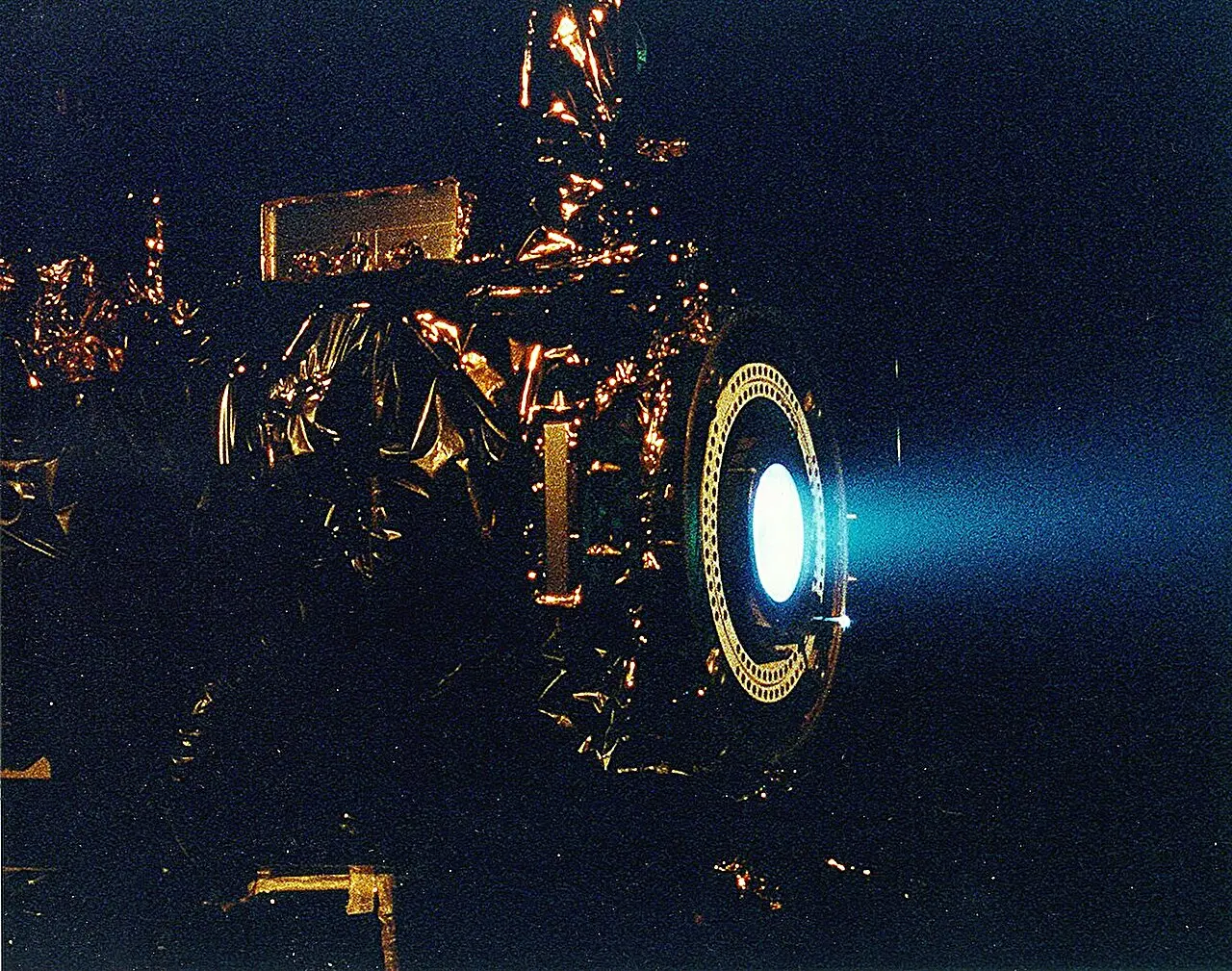For comparison, Voyager 1 is almost 24.8 billion km away from Earth right now and has been traveling since 1977 (near on 50 years).
Haven’t read the article yet, but if the headline is anything to go by, very cool if it can be done.
Edit:
Just read the article. Disappointingly but unsurprisingly:
The paper defined an ideal power plan that can output 1 kW per kg of weight.
This is currently well outside the realm of possibility, with the best ion thruster power sources coming at something like 10 W per kg and even nuclear electric propulsion systems outputting 100 W per kg. Some potentially better technologies are on the horizon, but nothing tested in the literature would meet this requirement yet.
Why even publish that? You’re not going to get better performance than the already unproven existing nuclear-electric systems any time soon.
This is the sort of thing I would love to see in my lifetime. I wonder if this is basically talking about just getting it out there for one snapshot, or what you need to put it in orbit at the distance needed to use the Sun as a lens, in which case imagine having that as a long-running program!
You wouldn’t put that much investment into a single picture. The limitation would be the time it takes to shift position. If the tech could be made at a reasonable cost, the best solution would be multiple crafts at various locations. 360 to cover each degree seen from the plane of the system. That single degree would still take a long time to move around in, but the orbit easy to maintain at about 1.3 km/second. That’s a long way out there.
Edit: fixed the orbital velocity because I can’t read.
2 m/s? Shouldn’t it be more on the order of 1.3 km/s with an 81 Tm orbital radius?
Yes. Always check your units, particularly what the calculator you pull up is using for the center body (Earth in my case). And a side note on that difference, it’s amazing that the velocity for an orbit that far out is still fast. Even with gravity falling off proportionally, even our little sun pulls hard.
Yep. 101% of statistics on the internet are made up, I guess.
Maybe OP mixed up the unit? And, in any case, it would take a lot more in delta-V just to get there.
That would be amazing




